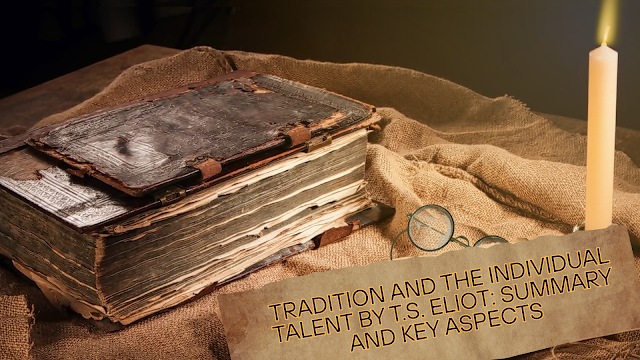Symbols and Literary Devices in Homer's The Iliad

🧾 Introduction Homer's Iliad is a rich tapestry of symbols, themes, and literary devices that convey honor, fate, rage, and human struggle. It is more than just a story about war. Homer creates a timeless epic of meaning and emotion by transforming historical conflict through potent imagery and poetic devices. The major literary devices and symbols from The Iliad are listed below, along with an explanation of their meaning in the epic. ⚔️ Major Symbols in The Iliad 1. Achilles' armor as a representation of heroic glory and identity The armor that Achilles wears symbolizes his position as the greatest warrior. After Hector kills Patroclus, it becomes a symbol of honor that has been stolen; when Achilles recovers it, it signifies his return to combat and retribution. 2. The Shield of Achilles as s ymbol of Civilization and Fate The elaborately detailed shield (Book 18) depicts both life and death, conflict and peace. In contrast to the limited scope of war, it symbolizes...





